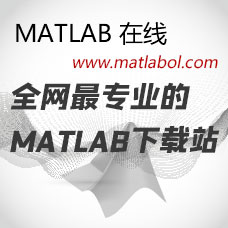A* Pathfinding Project Pro 4.1.16(最新版)
于 2020-12-12 发布
0 278
下载积分: 1
下载次数: 2
代码说明:
A* Pathfinding Project Pro 4.1.16Unity A*寻路插件最新版
下载说明:请别用迅雷下载,失败请重下,重下不扣分!
发表评论


